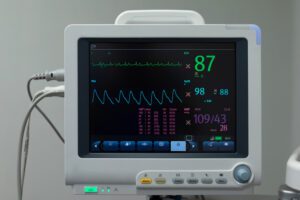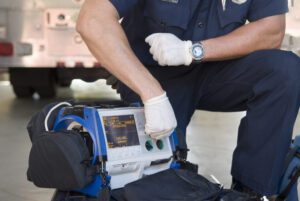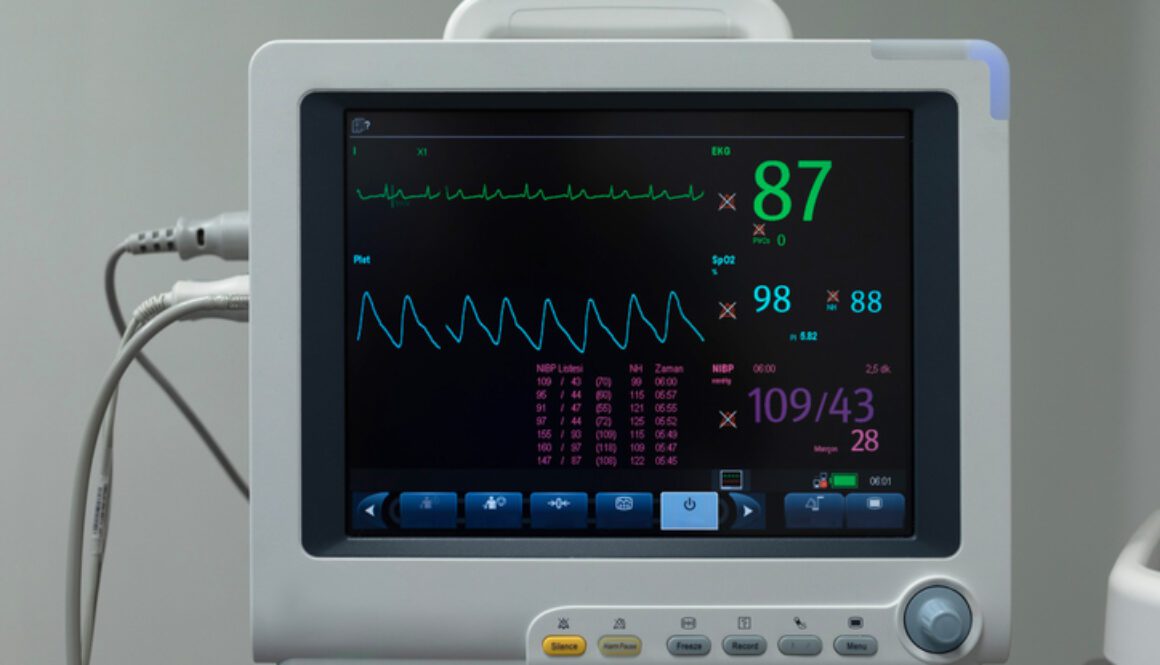Direct Part Marking 101 | Understanding Medical Part Marking Requirements

Over the past few years, there has been a significant shift in how medical devices are identified. Starting September 24, 2022, FDA regulations have required medical part marking through UDI direct marks on “any reusable and reprocessed medical devices on the U.S. market.”
Many manufacturers have adopted Automatic Identification and Data Capture (AIDC) technologies to meet these requirements. AIDC includes tools like barcodes, data matrix codes, and RFID tags, which allow for accurate tracking and identification throughout a device’s lifecycle while aligning with UDI compliance standards.
This change applies to a wide range of devices, including surgical instruments, dental probes, and medical drills. It also impacts many Class I, II, and III products, standardizing identification across the industry.
Medical part marking offers a practical solution for meeting these standards, providing a reliable and readable ID for each part while delivering the precision needed in the medical field.
When it comes to the medical industry, laser marking is ideal due to:
- the capabilities of the machines
- the potential size marking for the part
- the fact that no material is wasted during the marking process
Paired with user-friendly software, laser marking devices make medical part marking straightforward and dependable for both experienced teams and those new to the process.
Fitting Into the UDI System: Medical Devices
The UDI system requires all medical devices to be assigned a unique device identifier (UDI) before being placed on the market. This UDI is used to distinguish each device from others in its class and other classes. The UDI must be included on the device label, as well as reported to FDA’s Global Unique Device Identification Database.
Medical devices can be classified into:
- Life-Support Medical Devices –those that are essential to keeping a patient alive, e.g. ventilators and heart monitors.
- Life-Sustaining Medical Devices – those that are not essential to keeping a patient alive, but they improve their quality of life, e.g. defibrillators.
- General-Use Medical Devices – those that are not used specifically for life-saving or life-sustaining purposes, e.g., blood pressure monitors or cervical collars.
The classification of a medical device is important because it determines how the device must be labeled and tracked. In addition, different classes of medical devices have different medical part marking safety requirements. For example, life-support medical devices must meet more stringent quality standards than general-use medical devices.
Understanding whether a device is intended for single or multiple uses directly impacts its labeling and tracking requirements. This distinction helps maintain patient safety and regulatory compliance through proper lifecycle management:
- Single-use medical devices can only be used once on a single patient, like a syringe.
- Multi-use medical devices can be used more than once on different patients, such as an endoscope.
- Reprocessing is the term used to describe the cleaning, disinfection, and/or sterilization of a reusable medical device so that it can be used again.
To learn more about medical part marking:
https://www.technomark-inc.com/applications/medical-devices/
Marking Methods for Medical Devices: Frosting vs. Black and White Marking
Medical devices must be marked in order to meet industry standards and provide a reliable and readable ID number for each part. There are two types of marking used for medical devices: frosting and black-and-white marking.
Frosting involves lightening the background, while black and white medical part marking involves the data matrix code and clear differentiation of the code areas. This increases contrast and legibility.
Guidelines for Marking Medical Devices
Medical devices must also be marked to provide a reliable and readable ID number for each part. Ideally, the part will clearly display its ID number in its entirety. However, if that’s not possible due to part size or other factors, then the minimum of the barcode must be shown.
The smallest size permitted for the part marking is 0.1 mm. In fact, the widely accepted guidelines are for a DMC area size of 2.5 x 2.5 mm minimum.
Exceptions to Direct Part Marking
The FDA provides some exceptions for medical devices that do not require medical part marking.
The exceptions for devices to display a legible mark for identification purposes include the following:
- When marking will interfere with device effectiveness or safety
- When technical limitations to marking the device directly exist
- When the device is single-use
- When a permanent UDI is already marked on the device
- When the device is for use in research, teaching, or chemical analysis
- When the device is for veterinary use only
- When the device is to be exported from the US
- When the packaging of the device bears the UDI rather than the device itself
Medical Devices and DPM: Fulfilling Regulatory Requirements
Since September 2022, direct part marking has become a standard for most Class I and II medical devices, with a few exceptions.
Adding at least an Automatic Identification and Data Capture (AIDC) to each device helps meet updated regulations while making it easier to track and identify them throughout their use.
These changes support safer healthcare practices and help manufacturers and providers work more efficiently, creating a smoother process for everyone involved.
Time for Action: Discuss your Medical Part Marking Needs
Technomark experts can help you determine the best way to implement laser marking as part of your production process. Consider this free resource:


